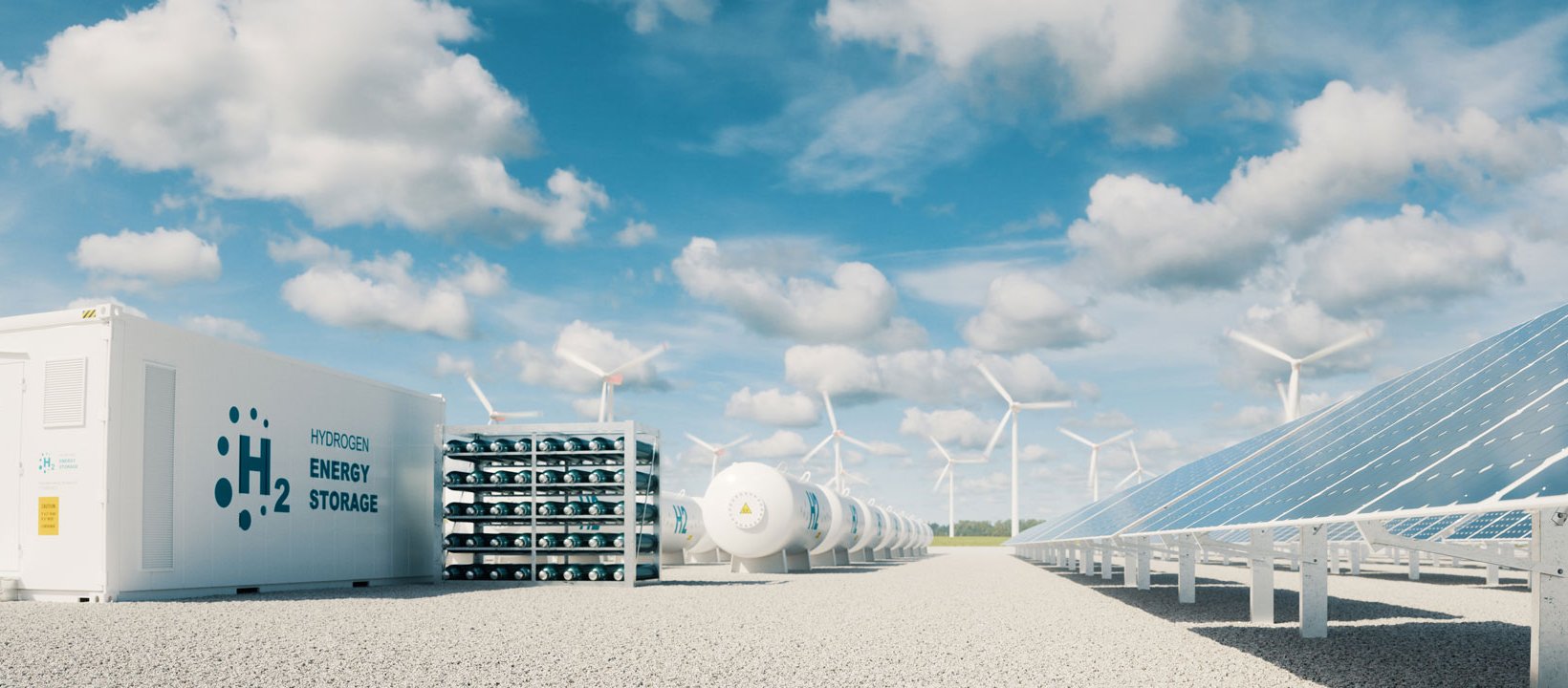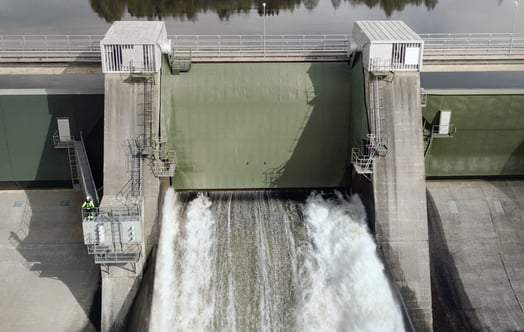Hydrogen is abundant virtually everywhere and could replace fossil fuels in a variety of industrial processes, materials and products and thereby reduce carbon dioxide emissions. However, it is only now that hydrogen production and use are taking off in earnest.
This might be something of an exaggeration, but if you wanted to describe the formation of the universe in simple terms, you could do worse than saying: first came the Big Bang, then hydrogen, then everything else.
Hydrogen is fundamental to our entire existence, the most abundant substance in the universe, and it may also be set to play a key role in our future. This chemical element, which does not exist freely in nature, but which can be relatively easily extracted from water, could become a way forward for so-called hard-to-abate sectors where there are simply no other ways to become fossil-free and eliminate, or minimise, carbon dioxide emissions.
“In the past, there has not been political support or commitment for us to make a transition from fossil fuels, because they’ve been both cheap and easily accessible, and infrastructure and transport systems have been built around the world for them. You didn’t have to think about it. Now there’s a willingness, where the EU, for example, is pushing to ensure that we will deal with climate change. And then there’s the desire to build the alternatives even if they cost more.”
That is the message from Cecilia Wallmark, Operations Manager for the Centre for Hydrogen Energy Systems Sweden at Luleå University of Technology in Sweden, who has worked with hydrogen issues for more than 25 years.

Sign up for our newsletter THE EDIT
THE EDIT is Vattenfall's new monthly newsletter. Each issue highlights a new burning issue from the world of sustainable energy and fossil freedom.
Co-operation is the key
The key to a broader and faster impact than we have seen so far, is that it happens through co-operation, where everyone does the right thing at the right time for the changeover to occur quickly and have as great an effect as possible. And ideally it should cross national borders, between a variety of actors.
“I think of this as a huge and complicated puzzle for the world, where everyone needs to play their part. Those who want to start with hydrogen production build their facilities at the right scale, those who will supply electrolysers need to scale up their capacity at the same rate, the businesses that manufacture components for the various processes need to work to increase the lifespan of these. I’m pleasantly surprised by the common belief that we’ll be able to do this together. Everyone understands that the decisions that are made must be made.”
Alla Toktarova from the Department of Space, Earth and Environment at Chalmers University in Gothenburg, Sweden, is impressed by how new applications for the use of hydrogen find their way into the industry and are used in manufacturing and processes. However, there is still a number of challenges that need to be overcome:
“What kind of pipelines will be used? What electrolyser capacity will be needed? We need to accelerate that significantly today. According to my work, we in Europe need to build four gigawatts of electrolysers per year. Right now we are at one gigawatt annually. The transition needs to happen a lot faster.”
Both Wallmark and Toktarova highlight HYBRIT, Vattenfall’s collaboration with mining group LKAB and steel manufacturer SSAB to produce fossil-free steel, as a precedent for large companies working together in this area.
“HYBRIT showed how successful, and much needed, collaboration between companies can be. You share risks and you promote the technique together. Collaboration is a driving force to bring the technology to the market faster. Also: Industry can collaborate when it comes to storage, they can build storage together and use it for plenty of different processes and factories. That makes it easier and more effective to build it.”
The increasingly important role for hydrogen is obvious for Toktarova.
“Hydrogen can give us zero emission electricity. And the ability to store it gives us the opportunity to handle variations of renewable energy sources.”
Facts
5 important applications of hydrogen.
Artificial fertiliser
Spanish Grupo Fertiberia is building a facility to produce artificial fertiliser in Luleå in northern Sweden. Renewable hydrogen is used instead of fossil fuels.
Heavy transport
Trucks that currently run on diesel could be powered by high-pressure hydrogen and generate zero emissions, for example.
Methanol
By mixing hydrogen with carbon you can produce methanol, that can be used in the shipping industry.
Heating
District heating or heat pumps are often better solutions, but there are plans in countries such as the Netherlands and the UK to replace natural gas with hydrogen boilers to heat buildings.
Ammonia
Just as in the case of steel, hydrogen could become a key part of the process in the production of ammonia. Generally, hydrogen can be used to a greater extent in the chemical industry than is currently the case.




